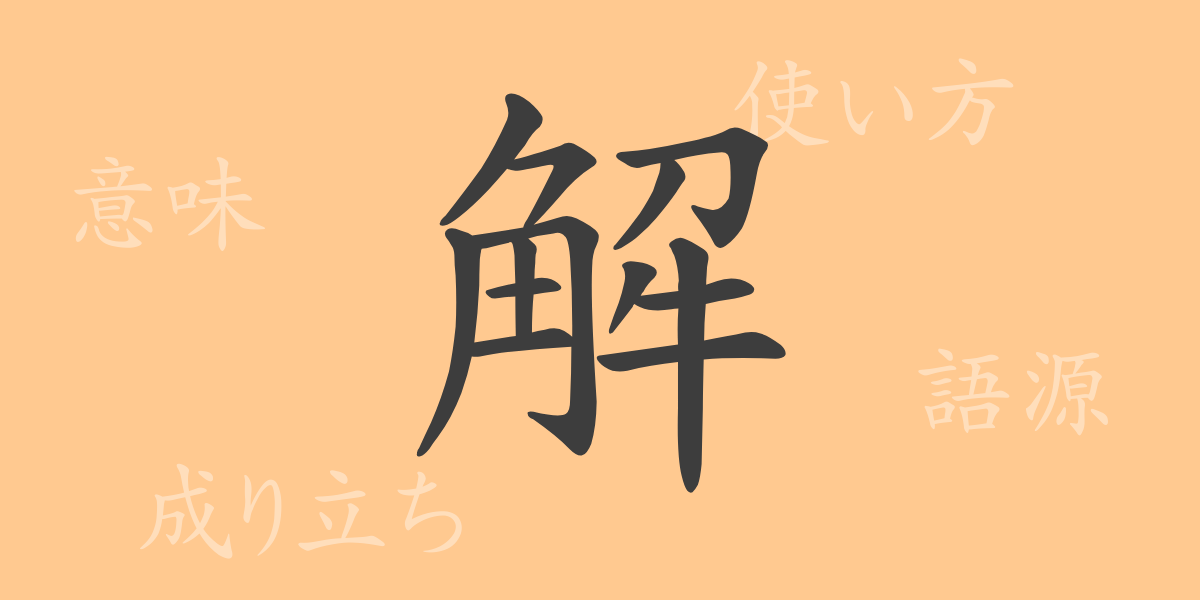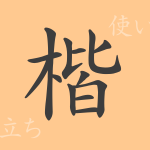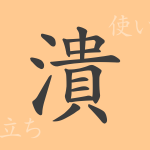The beauty of the Japanese language is reflected in its complex and rich characters. The commonly used kanji “解” (Kai) plays an important role in everyday conversation, literature, and the business world among Japanese people. This article delves deeply into the diverse meanings and uses of the character “解” (Kai), as well as the history behind it. Through a single kanji, we hope you will appreciate the depth of language and its cultural significance.
The Origin (Etymology) of 解
The kanji “解” (Kai) originates from ancient Chinese oracle bone script. Initially, it was a pictograph representing an animal with horns shaking off its horns. It later evolved to depict an ox tied with a rope, acquiring the meaning of “to untie.” Over time, it took on more abstract meanings such as “to solve” or “to elucidate,” leading to the modern character “解” (Kai).
Meanings and Usage of 解
“解” (Kai) encompasses meanings like “to solve,” “to elucidate,” and “to interpret.” It can also indicate the disbandment of an organization or group, as in “解散する” (Kaisan-suru), or refer to alleviating symptoms, as in “解熱剤” (Genetuzai). This kanji carries the nuance of revealing the essence of matters, hence it is frequently used in scientific research and legal contexts.
Readings, Stroke Count, and Radical of 解
“解” (Kai) has multiple readings in Japanese, but it is primarily read as “かい” (Kai). In kun’yomi, it can also be read as “とく” (Toku), “とかす” (Tokasu), and “とける” (Tokeru).
- Readings: On’yomi – かい (Kai), Kun’yomi – とく (To-ku), とかす (Toka-su), とける (Toke-ru)
- Stroke Count: 13 strokes
- Radical: 角部 (Tsunobu)
Idioms, Phrases, and Proverbs Using 解 and Their Meanings
There are numerous idioms, phrases, and proverbs in Japanese that include “解” (Kai). “解決” (Kaiketu) signifies the clearing of a problem, while “解析” (Kaiseki) means to investigate in detail and clarify every aspect. The proverb “一石を投じて百鳥を起こす” (Isseki-wo-tou-jite-hyakutyou-wo-o-kosu) embodies the meaning of solving many problems with a single action.
Conclusion on 解
The kanji “解” (Kai) is a fascinating character that allows us to observe the evolution of language through its shape and meanings. Used in various contexts within the Japanese language, this character conveys different nuances depending on the situation. A deeper understanding will open up a richer world of Japanese expression. We hope this article serves as an aid in comprehending “解” (Kai).

























